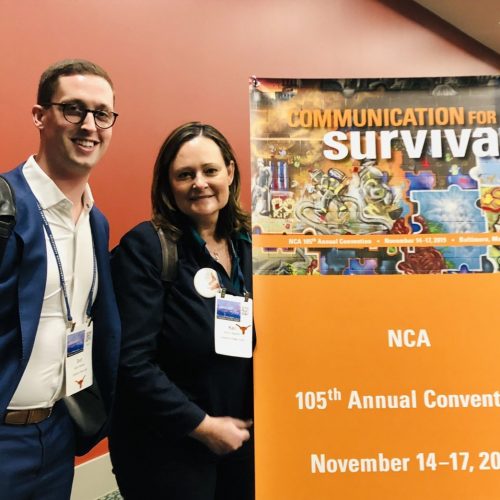Mobile devices have pervaded the contemporary workplace. As trainers and teachers, we often wish we could pull the plug on wifi and, voilà, a captive audience. But that is not reality. It is nearly impossible for trainees to disconnect from the outside world and give their full attention to learning—and as trainers, we need to be proficient with our own technologies.
This technology-infused training environment is due in part to expectations that people are reachable and available at all times. These norms of connectedness (Bayer, Campbell, & Ling, 2016; Licoppe, 2004; Ling, 2012) not only permeate work, but are integral to most people’s lives. This reality means that as trainers we must understand the different ways our trainees use mobile technology and how that interacts with learning motivation. Only then can we begin to change our own practices to help our trainees be effective in a technology-omnipresent environment. This chapter bridges the gap for CCCTTs who want to develop their technology proficiency by linking technology use, learning motivation, and classroom strategies. Technology proficiency is one of the seven best practices identified by Training and Development Division of the National Communication Association, and by developing these strategies, trainers can also improve other best practices like instructional design and communication proficiency.
